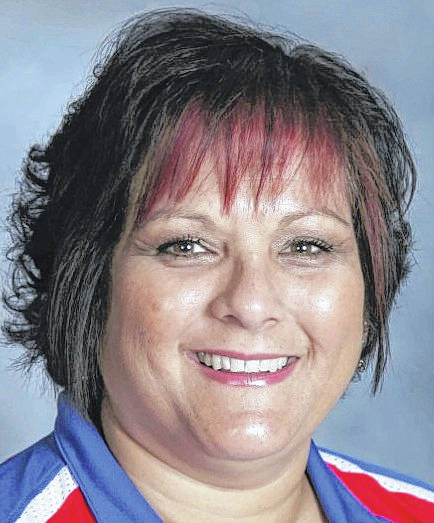In January, you likely did what many people do each time a new year begins: you set some goals. Exercise more, save money, start meditating … you know the deal. Setting goals is a familiar, and perhaps particularly American, way of summoning the will to succeed.
From my own experience, I know how impactful it can be to set goals. And the research backs me up: studies show that setting goals — if they’re the right types of goals — increases motivation and increases the likelihood that you’ll reach your goals.
If goal-setting is crucial to achievement, then every public school in the U.S. must be teaching students how to set goals and follow through on them, right? Wrong.
Our education system tends to set goals for students — complete tonight’s homework, get a good grade on next week’s test — rather than encourage and instruct them to set goals for themselves.
I became a teacher four years ago after careers in social work and real estate – both professions where setting clear goals is critical. As a teacher, I found that students were uncomfortable setting goals. They struggled constantly with how to begin solving a problem and, once they got started, what to do next.
Several of my colleagues at Highland Middle School in Marengo agreed that the traditional way of teaching wasn’t preparing kids to define and work through challenges. Together, we explored several different ways of helping our middle school students set goals.
We began working with Summit Learning, a personalized learning program that empowers students to take charge of their own education. Goal-setting is a core component of Summit’s approach, where students, with the support of their mentors, are encouraged to set short-term goals such as passing their next assessment, as well as long-term goals like what career they would like to pursue.
It started with what are called “Within One Week” (WOW) goals. I asked each student to pick something they could accomplish within one week. I also paired each student with a “goal partner” so that they would not only support each other, but also hold each other accountable.
I was hopeful that the exercises might spur a little bit of motivation, but I didn’t expect our kids to respond as quickly and strongly as they did. Almost immediately they found that setting goals helped them accomplish whatever assignment was in front of them. Making that connection was powerful.
One of my sixth grade students was particularly shy. After spending weeks on a poetry project, her final assignment was to deliver an oral presentation in front of the entire class. Not only that, but she was the first student to present. A part of me worried she was going to melt.
But I also knew that during our check-in conversations over the previous weeks, we had helped her set intermediate goals to help her research and prepare for her presentation, and provided her with regular feedback.
Along the way, by accomplishing short-term goals, she’d accumulated confidence. When it came time to present her poetry project in front of the class, she nailed it.
My colleagues and I continue to harness the power of goal-setting in our classrooms and we’re not alone. In recent years, a growing number of teachers, schools and districts have begun integrating goal-setting into their curricula.
The number of schools across the country using Summit Learning’s program, including their approach to goal-setting, has more than tripled in the last year alone.
Setting goals isn’t just about achievement, either. We work with our students to regularly reflect on where they are — if they are meeting their goals for that week or month, and if not, how we can reposition the goal to help them succeed.
Students learn to ask themselves, “What could I have done differently?” and then they take the necessary steps to try that new approach. Perhaps most importantly, we’ve worked hard to change the mindset around struggle. We never treat an unachieved goal as failure; we treat it as a step on the way to success.
My students are now fluent in setting and tracking their progress on daily and weekly goals. Our next challenge, which I’m really excited about, is setting long-term goals, such as — you guessed it — enrolling in college.
When I see students struggling, I always come back to the first rule of goal setting: start small. And I’m proud to say that I practice what I preach. My goal this week is to make sure all my laundry ends up in the laundry basket.






